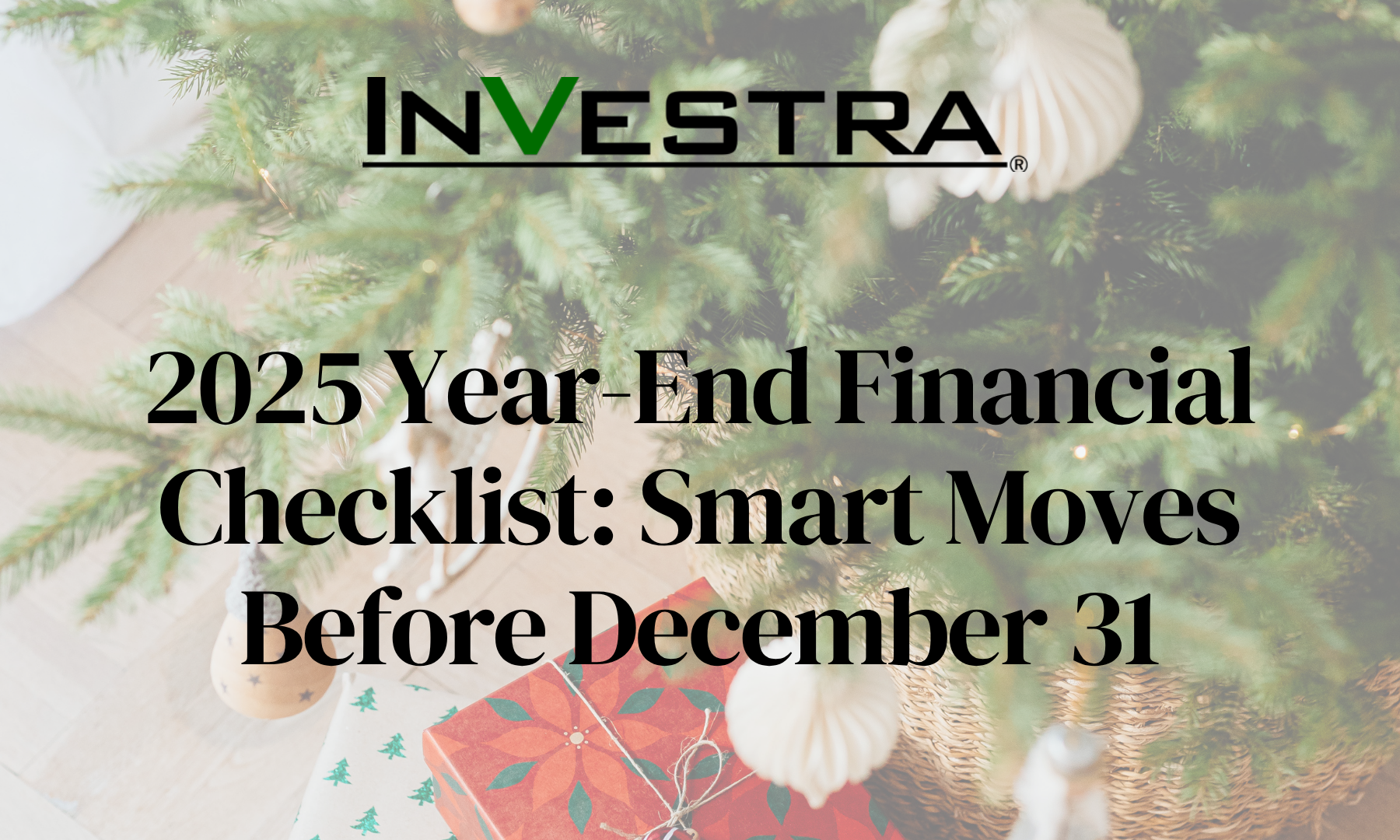Retirement plans for self-employed people were formerly referred to as “Keogh plans” after the law that first allowed unincorporated businesses to sponsor retirement plans. Since the law no longer distinguishes between corporate and other plan sponsors, the term is seldom used. Although there are positives to building your own business, juggling the responsibilities that come with it can make it difficult to plan for retirement. There are many reasons retirement plans are often pushed to the wayside, including unreliable income; high student loan, business or other debt, and business-related expenses.

Despite these obstacles, it’s crucial to develop a sustainable strategy for retirement—whether you’re an experienced entrepreneur or new to the world of self-employment. Working for yourself gives you an incredible amount of flexibility, but you need a concrete plan for your financial future. Fortunately, those who are self-employed have many options when it comes to saving for retirement. Did you know you have many of the same options to save on a tax-deferred basis as employees participating in company plans? If you or someone you love is self-employed, take a look at these highlights of your options.
The Traditional IRA
This account allows anyone, including self-employed individuals, to contribute to retirement in a tax-advantaged way. In 2023, you can contribute up to $6,500 of your pre-tax income into a traditional IRA, or $7,500 if you are over 50.
The SEP-IRA (Self-Employed Individual Retirement Account)
This plan is similar to a traditional IRA in that it’s tax-deductible and is great if you are the sole employee of your business. Many individuals find it favorable because it allows them to contribute up to 25% of their income (with a max of up to $66,000 in 2023). It’s important to note that if you have other employees you’ll need to fund a SEP-IRA for them as well and make equal percentage contributions. All it takes to establish this kind of plan is the will to do so and the completion of a simple one-page form found here at the International Revenue Service’s website, OR an IRS-approved “prototype SEP plan” offered by many mutual funds, banks and other financial institutions, and by plan administration companies. Another perk is that once set up, individuals are able to Set up the SEP plan for a year as late as the due date (including extensions) of your income tax return for that year.
The SIMPLE IRA (Savings Incentive Match Plan For Employees)
This plan is specific to business owners who have 100 or fewer employees. Contributions are taken out pre-taxes and the max contributions made into your account cannot be more than $15,500 in 2023, with an additional $3,500 catch-up contribution for those age 50 and older. As an employer, you will have to make a mandatory matching contribution of up to 3% of the employee’s pay. To establish this type of plan, individuals need to complete Form 3405 or Form 3404 or an IRS-approved “prototype SIMPLE-IRA plan” offered by many mutual funds, banks and other financial institutions, and by plan administration companies. One can set up a SIMPLE IRA plan at any time January 1 through October 1. If you became self-employed after October 1, you can set up a SIMPLE IRA plan for the year as soon as administratively feasible after your business starts.
The Self Employed 401(k) – aka The “Solo” 401(k)
This plan is specific to self-employed individuals with no employees other than a spouse and no plans to add future employees. You can make contributions to your retirement savings as the business owner and also an employee in your business. The contribution limit is up to a total of $66,000 in 2023. IF needed, individuals can tailor their plans to allow access to the account balance trough loans and hardship distributions.
The Defined Benefit Plan
This plan will need to be set up with the help of an actuary who can help determine your retirement payouts based on your age, expected plan returns, and your monthly contribution. Its key features include the fact that it serves as a traditional pension plan with a stated annual benefit one will receive at retirement, usually based on salary and years of service. Said benefit may also be defined based on a cash balance formula in a hypothetical individual account (a cash balance plan). Contributions are calculated by an actuary based on the benefit you set and other factors (your age, expected returns on plan investments, etc.); no other annual contribution limit applies. In a defined benefit plan, the annual benefit cannot exceed 100% of the participant’s average compensation for their highest-paid 3 calendar years with a benefit limit of $265,000 in 2023.
Other defined contribution plans
- Profit-sharing plan: allows you to decide how much to contribute on an annual basis, the lesser of 100% of compensation or $66,000 for 2023.
- Money purchase plan: requires you to contribute a fixed percentage of your income every year, The lesser of 25% of compensation or $66,000 for 2023.
Source: The International Revenue Service
Important Disclosure: This material contains only general descriptions and is not a solicitation to sell any insurance product or security, not is it intended as any financial or tax advice. For information abut specific insurance needs or situations, contact your insurance agent. In addition, state insurance laws and insurance underwriting rules may affect available coverage and its costs. Guarantees are based on the claims paying ability of the issuing company. Securities offered through LPL Financial, member FINRA/SIPC. Investment advice offered through InVestra, a registered investment advisor and separate entity from LPL Financial. LPL Financial and InVestra Financial Services do not offer tax or legal services.
Investing involves risks including possible loss of principal. No investment strategy or risk management technique can guarantee return or eliminate risk in all market environments.
LPL Tracking # | 1-05176469






